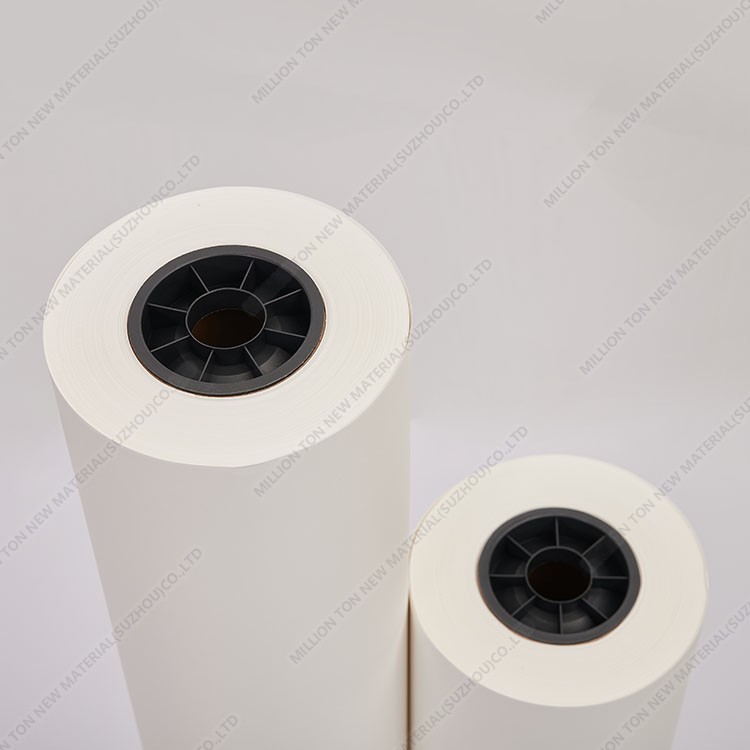Sep. 13, 2023
Packaging & Printing
Whether you're a professional printer or a DIY enthusiast, selecting the right dry sublimation paper is crucial for achieving vibrant, long-lasting, and high-resolution prints. This article will guide you through the process of choosing the perfect dry sublimation paper to meet your specific printing needs.
Before delving into the world of dry sublimation paper, it's essential to have a basic understanding of sublimation printing. Sublimation is a printing technique where heat and pressure are used to transfer ink onto various surfaces, such as fabrics, ceramics, and metals. The key to successful sublimation printing lies in the quality of the paper used.

Image Quality Matters: The quality of your sublimation paper directly impacts the sharpness and vibrancy of the final image. Using the wrong paper can result in blurred or faded prints.
Durability: Different sublimation papers have varying levels of durability. Some are designed for temporary use, while others can withstand multiple washes and environmental conditions.
Compatibility: Not all sublimation papers are compatible with every sublimation printer and ink. It's essential to choose paper that works seamlessly with your equipment.
Cost Considerations: Sublimation paper comes in various price ranges. It's crucial to balance your budget with the quality and quantity of paper you require.
When it comes to dry sublimation paper, several types are available, each tailored to specific printing needs. Here are some common varieties:
Standard sublimation paper is an all-purpose option suitable for a wide range of applications. It's an excellent choice for beginners and those with general printing needs.
High-release sublimation paper is designed for use with high-ink-load sublimation printers. It allows for maximum ink absorption, resulting in vivid and highly detailed prints.
Featured content:Tacky sublimation paper has a slightly adhesive surface that holds the transfer in place during the printing process. This is ideal for precision printing on items like phone cases and ceramics.
Water-based sublimation paper is specifically formulated for printing on fabrics. It provides excellent color saturation and is perfect for textiles, such as sportswear and home décor.
When selecting dry sublimation transfer paper, consider the following factors:
Ensure that the paper you choose is compatible with your sublimation printer. Check the manufacturer's recommendations for the best results.
For sharp and detailed prints, opt for a sublimation paper that offers high-resolution capabilities. This is particularly important for photography and fine art reproduction.
Choose a paper size and weight that suits your printing needs. Standard sizes like letter and tabloid are readily available, but custom sizes may be necessary for specific projects.
If sustainability is a concern, look for sublimation papers that are eco-friendly and sourced responsibly.
Selecting the right dry sublimation paper is a critical step in achieving exceptional printing results. Consider your specific printing needs, equipment compatibility, and desired image quality when making your choice. By investing in high-quality sublimation paper, you can ensure that your prints are vibrant, durable, and visually stunning.
Featured content:Related Articles
If you are interested in sending in a Guest Blogger Submission,welcome to write for us!
All Comments ( 0 )